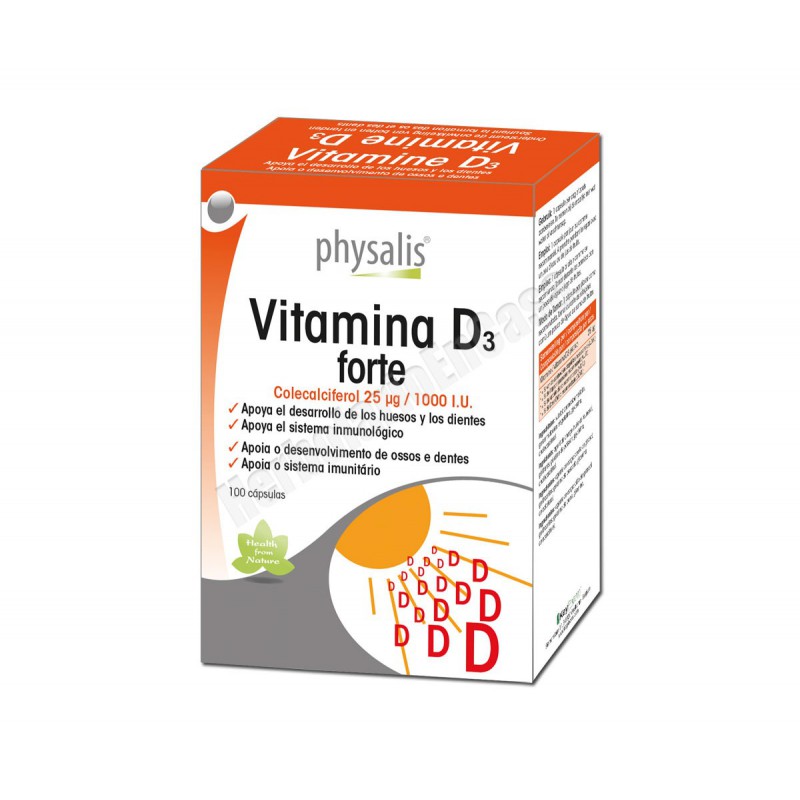
Plasma protein binding: Approx 40%, to albumin. Vitamin D 3: Well-absorbed from the gastrointestinal tract (in the presence of bile).Ĭalcium carbonate: Primarily in bones and teeth. Synonym: vitamin D 3: colecalciferol, cholecalciferol.Ībsorption: Calcium carbonate: Absorbed from the gastrointestinal tract, predominantly in the duodenum. Vitamin D 3 is a fat-soluble sterol essential for the proper regulation of Ca and phosphate homeostasis, bone metabolism and mineralisation. It also acts as an antacid by neutralising gastric acidity resulting in increased gastric and duodenal pH.

Dosage recommendations may vary among individual products and between countries (refer to detailed product guideline).ĭescription: Ca and vitamin D 3 administration counteracts the rise of PTH that is caused by Ca deficiency and increased bone resorption.Ĭalcium carbonate is used as a supplementary source of Ca to help prevent or decrease the rate of bone loss in osteoporosis. As 1,250 mg/440 IU effervescent granules: 1 or 2 sachets daily, dissolved in a glass of water. As 1,500 mg/400 IU effervescent tab: 1 tab bid dissolved in approx 200 mL of water, preferably 1 tab in the morning and 1 tab in the evening. As 1,500 mg/400 IU conventional and chewable tab: 1 tab bid, preferably 1 tab in the morning and 1 tab in the evening. Prophylaxis and treatment: Dosage must be individualised according to the patient’s deficit or daily maintenance requirements.

Ca carbonate 1,500 mg (equivalent to 600 mg elemental Ca) and vitamin D 3 10 mcg (equivalent to 400 IU) conventional tabĬa carbonate 1,500 mg (equivalent to 600 mg elemental Ca) and vitamin D 3 10 mcg (equivalent to 400 IU) chewable tabĬa carbonate 1,500 mg (equivalent to 600 mg elemental Ca) and vitamin D 3 10 mcg (equivalent to 400 IU) effervescent tabĬa carbonate 1,250 mg (equivalent to 500 mg elemental Ca) and vitamin D 3 11 mcg (equivalent to 440 IU) effervescent granules for oral solution


 0 kommentar(er)
0 kommentar(er)
